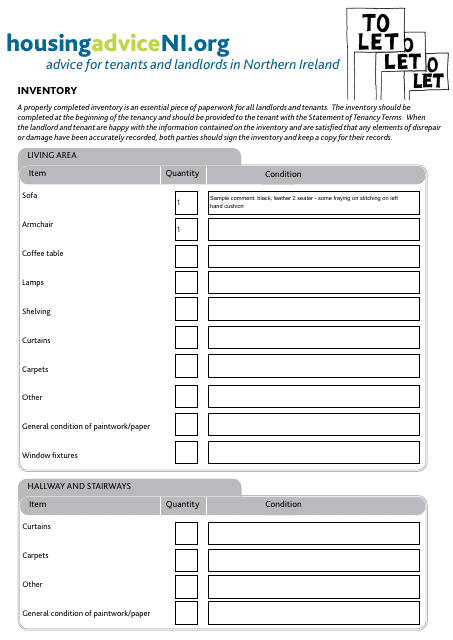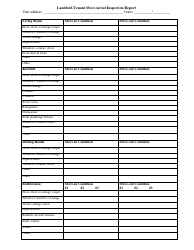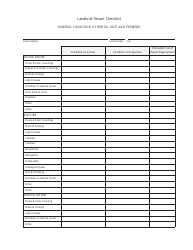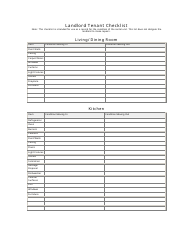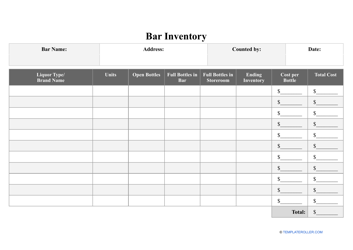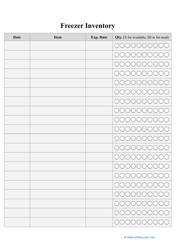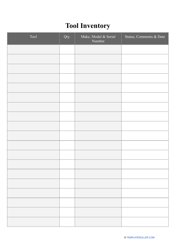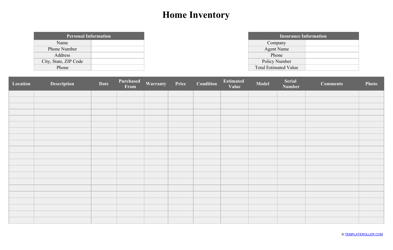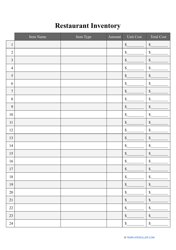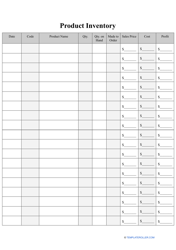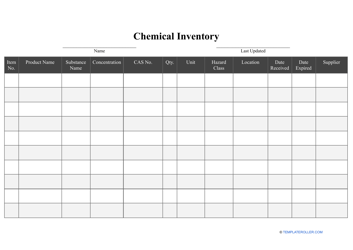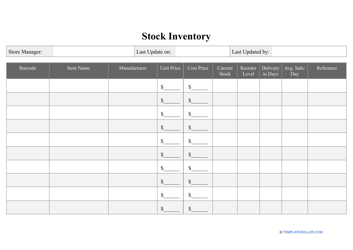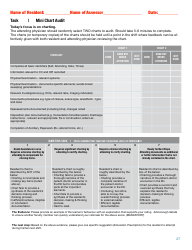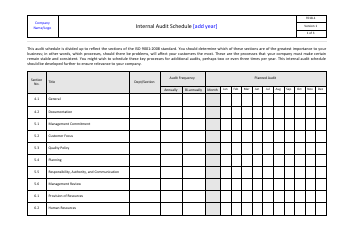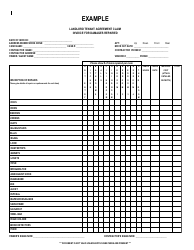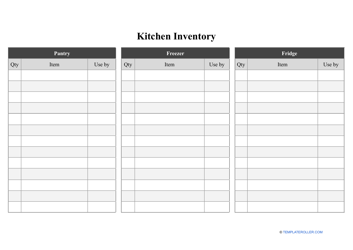Inventory Template for Tenants and Landlords
The Inventory Template for Tenants and Landlords is a document used to record and document the condition of a rental property at the beginning and end of a tenancy. It helps both tenants and landlords keep track of the condition of the property and any items included in the rental.
In the United States, the inventory template for tenants and landlords is typically filed by the landlord. However, it is important for both parties to review and agree upon the inventory to ensure accuracy. Please note that this answer may vary in different countries.
FAQ
Q: What is an inventory template?
A: An inventory template is a document that helps tenants and landlords keep track of the condition and contents of a rental property.
Q: Why is an inventory template important for tenants and landlords?
A: An inventory template is important as it serves as a record of the property's condition at the start and end of a tenancy, helping to avoid disputes and settle any issues related to damages or missing items.
Q: What information should be included in an inventory template?
A: An inventory template should include a detailed description of each room, its contents, and the condition of each item, along with any existing damages or issues.
Q: Should both tenants and landlords sign the inventory template?
A: Yes, it is best for both tenants and landlords to sign the inventory template to acknowledge its accuracy and agreement on the property's condition.
Q: When should an inventory template be completed?
A: The inventory template should be completed at the beginning of the tenancy before the tenant moves in and again at the end of the tenancy when the tenant moves out.
Q: What happens if there are discrepancies in the inventory template?
A: If there are discrepancies in the inventory template, both parties should address them and try to reach an agreement. If necessary, they may need to involve a third party or follow the dispute resolution process outlined in their lease agreement or local laws.
